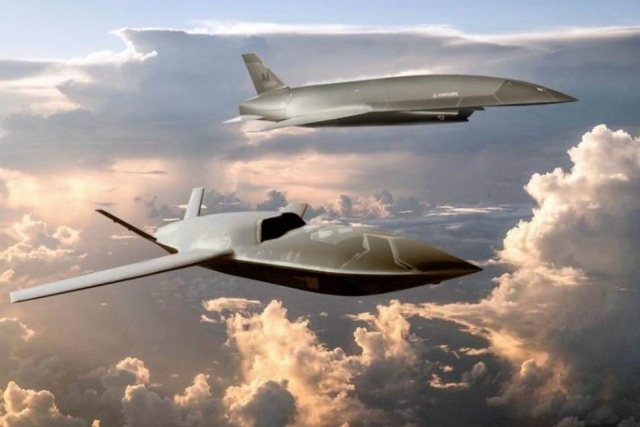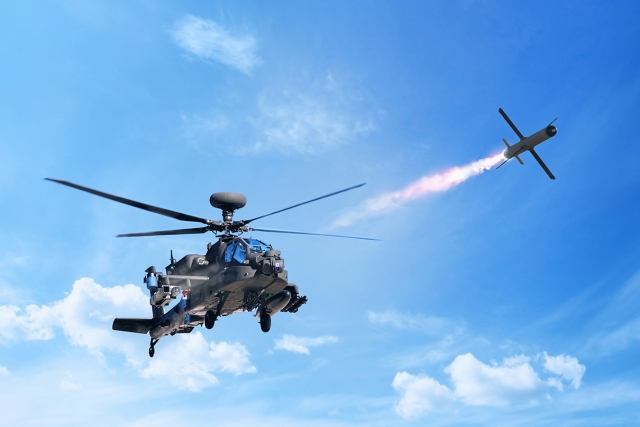Holographic Research Could Enhance Aircraft Antennas
ARLINGTON, Va. --- Air Force-funded researchers at HRL Laboratories in Malibu, Calif., are working on holographic impedance surfaces for antennas that will give aircraft improved aerodynamics.>> The team is using a design technique that is similar to how people make holograms, said Dr. Daniel Sievenpiper, the lead researcher.>> "We can potentially make antennas that are completely flush with the surface of the aircraft, but have the same or better performance as those that protrude out of the aircraft using today's techniques," he said.>> Dr. Sievenpiper and his team are building the surfaces out of metallic materials on a substrate. The structures perform similarly to an object covered with the surface impedance.>> They have extended their work with funding from the Air Force Office of Scientific Research under the guidance of program manager Dr. Arje Nachman.>> "An equally attractive prospective benefit offered by these interesting surfaces is that if the tail of an aircraft obstructs the beam of an antenna (radar) then the tail can be covered by a suitably crafted impedance surface in such a way that the antenna beam 'flows' around the tail as if the tail weren't there," Dr. Nachman said.>> The HRL team is now trying to extend the capabilities of the electromagnetic impedance and enable practical implementations of it. They plan to create new kinds of unit cells and are also seeking new mapping techniques that allow those cells to be positioned over complex objects. To do that, they use a variety of simulations, large-scale electromagnetic calculations, and measurements.









